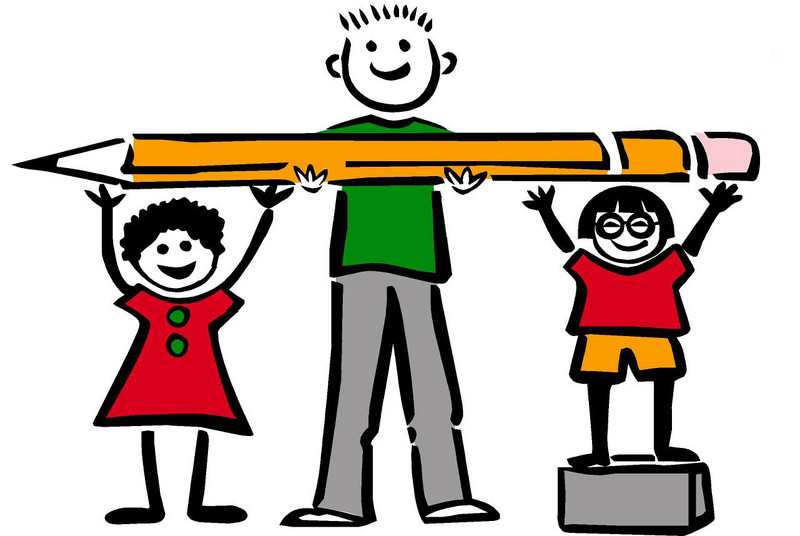Differentiated instruction (sometimes called differentiated learning) includes providing students with various avenues to acquiring content; to processing, constructing, or making sense of ideas; and to developing teaching materials so that all students within a classroom can learn effectively, regardless of differences in ability.
Differentiated instruction, according to Carol Ann Tomlinson, is the process of “ensuring that what a student learns, how he/she learns it, and how the student demonstrates what he/she has learned is a match for that student’s readiness level, interests, and preferred mode of learning”. Differentiation stems from principles about differences among learners, how they learn, learning preferences and individual interests (Anderson, 2007). “Research indicates that many of the emotional or social difficulties gifted students experience disappear when their educational climates are adapted to their level and pace of learning.”
Differentiation in education can also include how a student shows that they have mastery of a concept. This could be through a research paper, role play, podcast, diagram, poster, etc.
The key to differentiation is looking how your students learn and displays their learning that meets their specific needs.
Differentiated instruction is:
- Proactive, meaning that the teacher plans and uses a variety of ways to teach learning.
- A combination of whole group, small group, and individual instruction.
- Qualitative, meaning quality work over quantity work.
- Created through assessment.
- Uses multiple approaches to accommodate multiple intelligences.
- Student centered, meaning that lessons are engaging, relevant, interesting, and active.
- Dynamic
- Organized and planned
Misconceptions about Differentiated Instruction:
- Only individualized instruction – it is not possible to individualize instruction for every student. While at times this is a possibility, differentiated instruction is a mixture of whole group, small group, and individual instruction.
- Chaotic – Differentiated instruction is orderly. Students finish purposeful discussion and movement. Students are engaged and on task during differentiated instruction.
- Homogeneous grouping – Differentiated instruction is not having three groups, a high group, average, and low group. It is not placing all students of the same academic level in the same group. It is varying instruction to meet the needs of all students.
- More work for students – Students need to be given work to be done for the benefit of their learning, not to keep them busy. Students should be given quality work. As stated in what differentiated instruction is, quality over quantity.
Process
The process of how the material in a lesson is learned may be differentiated for students based on their learning styles, taking into consideration what standards of performance are required for the age level. This stage of differentiation allows students to learn based either on what method is easiest for them to acquire knowledge, or what may challenge them most: some students may prefer to read about a topic (or may require practice in reading), and others may prefer to listen (or require practice in listening), or acquire knowledge by manipulating objects associated with the content. Information may be shown in multiple ways by the teacher, and may be based on any available methods or materials. Many teachers use areas of Multiple Intelligences to give learning opportunities.
Commonalities in the assessment results lead to grouping practices that are designed to meet the students’ needs. “How” a teacher plans to deliver the instruction is based on assessment results that show the needs, learning styles, interests, and levels of prior knowledge. The grouping practices must be flexible, as groups will change with regard to the need that will be addressed. Regardless of whether the differentiation of instruction is based upon student readiness, interests, or needs, the dynamic flow of grouping and regrouping is one of the foundations of differentiated instruction. It is significant for a differentiated classroom to permit some students to work alone, if this is their best modality for a particular task. (Nunley, 2004)
Differentiating by process refers to how a student comes to understand and assimilate facts, concepts and skills (Anderson, 2007). After teaching a lesson, a teacher might break students into small “ability” groups based on their readiness. The teacher would then give each group a series of questions, based on each group’s appropriate level of readiness-skills, related to the objectives of the lesson. Another method to group the students could be based on the students’ learning styles. The main idea behind this is that students are at various levels and learn in different ways, so a teacher can’t teach them all the same way.
Another model of differentiation, Layered Curriculum, simply offers student a choice of assignments but asks demonstration of learning in order to pass the assignment. This eliminates the need for pre-assessment and is useful for teachers with large class loads, such as in high school.
